"The enemy in the sky fired bullets and dropped bombs
Where can I find the kitchen of a hundred regions?
The day of the fire was filled with smoke.
At night, the corner of the stove is covered with red coals..."
Excerpt from the poem, "Before the grave of the soldier Hoang Cam" - Chu Ngoc Phan.
Smoke-concealed stoves help soldiers feel full, and enemies flying in the sky cannot detect them ( Video : Doan Thuy).
The birth of Hoang Cam Kitchen has great value in practical application in military operations and combat, contributing significantly to taking care of soldiers' health, ensuring combat numbers and combat readiness.
It is also a testament to the intelligence, creativity, and overcoming of all difficulties of the Logistics troops in the just war of the Vietnamese people.
Determined to find a way to "treat" the smoke to protect teammates
According to the Logistics and Engineering Museum, soldier Hoang Cam (1916-1996) came from a poor farming family. After the August Revolution of 1945 succeeded, he joined the Citadel's self-defense.
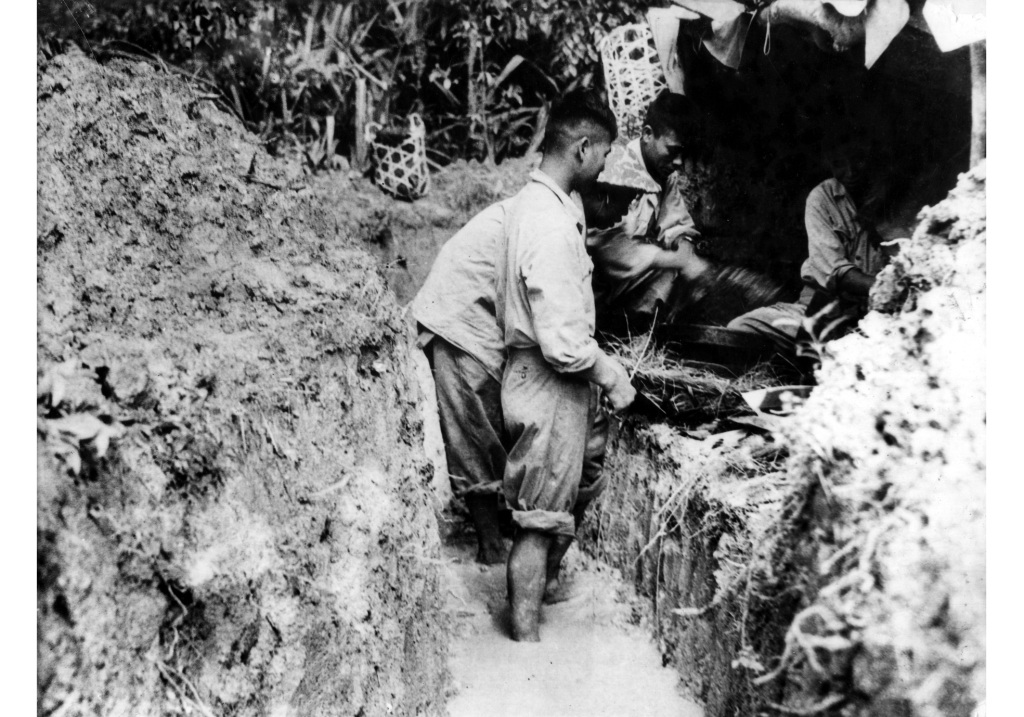
Cooking with a Hoang Cam stove to serve soldiers in the Dien Bien Phu Campaign (Photo source: Logistics and Engineering Museum).
In 1947, he was assigned to be in charge of the nursing home under the Central Military Medical Service (Military Medical Department). Some time later, he was transferred to be in charge of the nursing home at My Thanh Military Hospital.
During the 1950 Border Campaign, Hoang Cam was in charge of a food supply team at a wounded soldiers transport station in Na Lang ( Tuyen Quang ) of the 308th Division.
During the 1951-1952 Hoa Binh campaign, cooking for the soldiers was extremely difficult. Every time a fire was lit, the cook had to use a fan to disperse the smoke to avoid detection by enemy planes.
Most of the army and civilian units had to cook from night to early morning. If an enemy plane appeared while cooking, the stove had to be turned off immediately. It was very difficult for the cook to cook a cooked meal.
That is why the soldiers, including the wounded and sick, had to eat cold rice. Many times, as soon as the unit started a fire, it was discovered by enemy reconnaissance planes.
Immediately, they dropped bombs on the exact location where our troops were staying, causing many casualties. Heartbroken by the sacrifice of his comrades, Hoang Cam decided to find a way to “control” the smoke.
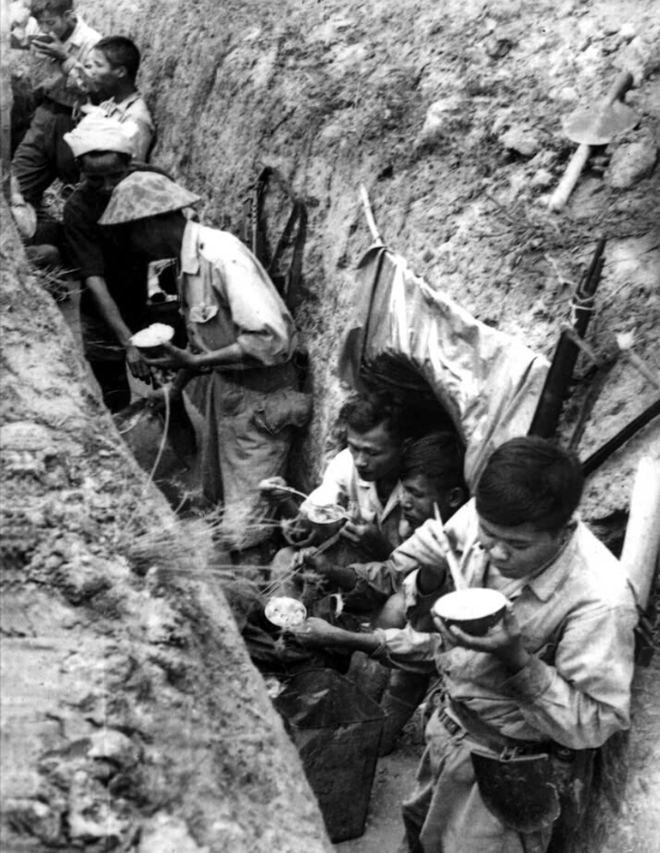
Under the trenches, soldiers still got hot meals provided by the cooks at the Dien Bien Phu front (Photo: Provided by the Logistics and Technology Museum).
He realized that our soldiers sacrificed not only on the front lines facing the enemy but also suffered losses and casualties even when they returned to the rear to rest and live.
Hoang Cam's cooking team and many other units overcame this by switching to cooking at night, and when enemy planes discovered them, they poured water on the fire to put it out.
However, this hasty cooking often causes the rice to be burnt or undercooked. During the day, the rice and soup get cold, the meals are not nutritious and affect the health of the soldiers, especially in the harsh conditions of marching and fighting.
The problem of smoke and fire in the rear and the mindset of a "battlefield engineer"
Faced with the losses right at the rear, Hoang Cam could not help but worry. He thought day and night, looking for ways to change the way of cooking to ensure meals for the soldiers and avoid being detected by enemy planes.
And the soldier suddenly remembered the way to cook pig feed in his hometown. The stove was made of earth, surrounded by a tight enclosure, leaving only two vents. When cooking, the fire would be concentrated and not expose the fire.
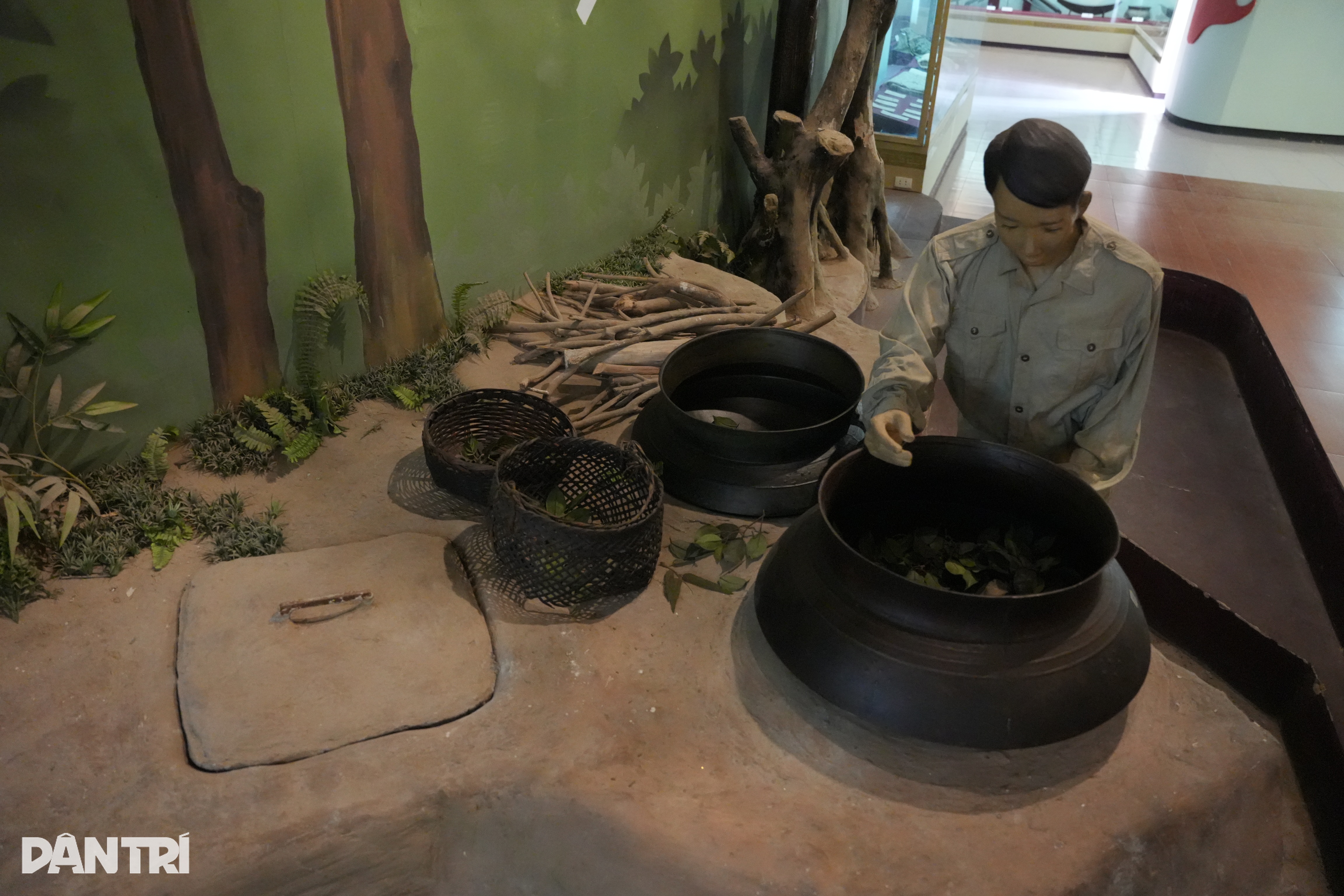
Hoang Cam kitchen model at the Logistics and Engineering Museum (Photo: Doan Thuy).
Reminiscing about the days when I used to smoke out field mice, to catch mice I had to dig mouse holes to stuff with straw, and cover the side holes so the smoke would concentrate in the holes.
From that thought, he spent a whole day trying to experiment, the stove had a smoke duct that spread along the ground, not rising high. He discussed with his teammates in the military feeding group, each person contributed an idea. That day, the new stove was born.
The stove has many grooves to place the branches and is covered with a thin layer of soil, watered regularly to keep moist.
Smoke rose from the furnace, through the grooves becoming a thin wisp of smoke like morning mist floating on the ground.
In front of the kitchen door, he dug a deep hole, covered it with plastic or leaves, both to block the fire and to create a smoke chamber, making the fire stronger.
The perfect Hoang Cam kitchen with the motto "walk without traces, cook without smoke, speak without sound" was born from there and was widely popularized to units throughout the army, contributing to limiting casualties, continuously ensuring hot rice and soup, and improving the health of soldiers.
Since the invention of the smoke- and fire-hiding stove, soldiers had hot rice to eat, hot water to drink, field medics could sterilize medical instruments, and soldiers no longer had to fear enemy planes watching every time a fire started.
In October 1952, the unit decided to name the smoke-hiding stove "Hoang Cam stove" after the soldier who fed the troops.
With his outstanding achievements, Hoang Cam was elected as an Emulation Fighter and awarded the Second Class Military Exploit Medal, and reported his achievements to Uncle Ho at the first National Congress of Heroes and Emulation Fighters on May 1, 1952.
At the Congress, the cook Hoang Cam was honored to receive a wristwatch from Uncle Ho. In early 1959, he was discharged from the army with the rank of Second Lieutenant.
At the end of the resistance war against America to save the country, Lieutenant Hoang Cam was awarded the Second Class Resistance Medal and many certificates of merit from various levels.
He died on March 12, 1996, at the age of 80. After his death, he was posthumously promoted to the rank of Captain.
Unique design helps kitchen smoke "hide"
Lieutenant Colonel Tran Thi Sam - Director of the Logistics and Engineering Museum shared with Dan Tri newspaper reporter that Hoang Cam kitchen is divided into 3 types:
Hoang Cam Kitchen Level 1: Structure includes a kitchen pit, smoke exhaust system and kitchen canvas (can be used as a temporary roof with canvas, leaves). The kitchen is used during pauses when the march is far from the enemy, with few artillery or in offensive combat.

Lieutenant Colonel Tran Thi Sam - Director of the Logistics and Engineering Museum (Photo: Doan Thuy).
Hoang Cam Kitchen Level 2: Includes 3 parts like the Level 1 kitchen, but in the basement there is a water tank, a food processing table, and a connection to the trench system. The roof of the basement kitchen is made of wood, with a thickness of over 0.5m. The kitchen is used in defensive combat or for long-term encampment near the enemy.
Hoang Cam Kitchen Level 3: Similar to Level 2 kitchen but more solid, with a connection to the food storage cellar and the sleeping cellar for the troops. The roof of the kitchen cellar is made of a combination of concrete, wood, and soil over 1 meter thick. The kitchen is used in defensive combat or for long-term lodging near the enemy, where the enemy attacks fiercely.
In his memoirs, General Vo Nguyen Giap wrote: “It would be a mistake not to mention here an initiative that brought about a very important improvement in the lives of soldiers on the front lines...
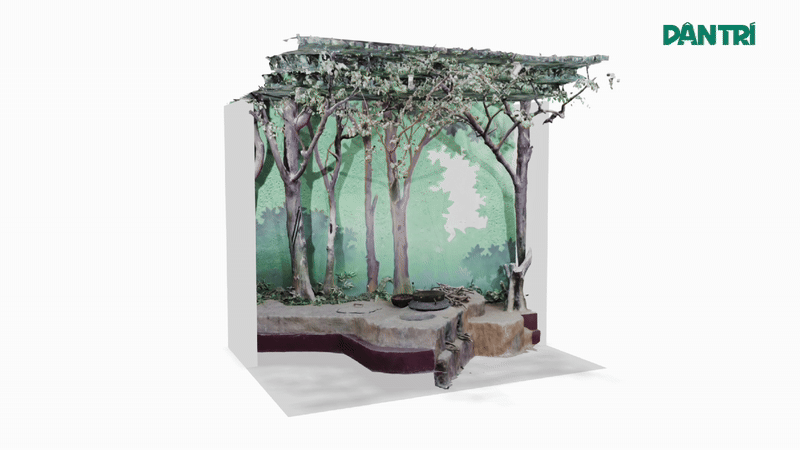
3D model of Hoang Cam kitchen (Photo: Logistics and Engineering Museum).
Hoang Cam Kitchen, named after its creator, was effective in all the following campaigns, including during the years of fighting against America.
The exhaust system has the function of sucking air to create air convection to help the stove burn well and lead the smoke out to form a thin smoke that floats on the ground. The exhaust system consists of 3 parts: smoke chamber, smoke duct and smoke dispersion.
+ Smoke pit: The kitchen can dig 1 or 2 smoke pits depending on the terrain conditions and smoke dissipation requirements. The smoke pit is in the shape of a cube, each side is 0.8m or 1m.
+ The smoke duct has a cross-section of 25x25cm or 30x30cm, including 2 sections from the pot pit to the smoke tunnel and from smoke tunnel 1 to smoke tunnel 2, a slight slope of 10-150 is best. The smoke duct from the pot pit to smoke tunnel 1 is 2.5-3m long. The smoke duct from smoke tunnel 1 to smoke tunnel 2 is 3-5m long.
+ Smoke dispersion beams: Each stove usually has 3 smoke dispersion beams, with a cross-section of 20x20cm or 25x25cm, 4-7m long, and a slope of 10-150 is best; the smoke dispersion beams are hidden in bushes or groves.
The smoke exhaust system is paved with fresh sticks and leaves on top, and covered with a layer of loose soil to allow the smoke to escape in a thin layer.

Hoang Cam kitchen design according to Vietnam Military History Museum (Design: Phuong Mai).
After the Dien Bien Phu victory, Hoang Cam kitchen continued to accompany soldiers on all fronts in the resistance war against America to save the country.
A small initiative but with great results. Today, Hoang Cam stove is still used in military academies and schools for teaching, marching, and combat training.
The stove is still approached and improved by later generations to suit modern training conditions and missions, but the principle of "smokeless cooking" to ensure secrecy is still kept intact.
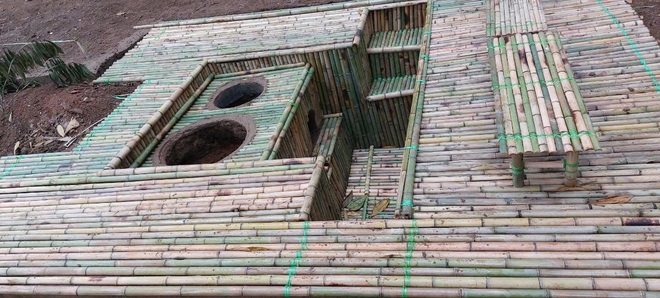
Hoang Cam level 1 kitchen used in combat readiness training (Photo: Provided by the Logistics and Engineering Museum).
Every year, the army regularly organizes "Technical competitions for using Hoang Cam stoves".
This is not only an opportunity for officers and soldiers to practice field logistics skills, improve the quality and level of training, and combat readiness, but also contributes to preserving and spreading the value of an initiative that has been associated with the army for more than half a century.
Source: https://dantri.com.vn/khoa-hoc/thiet-ke-dac-biet-cua-bep-hoang-cam-de-triet-khoi-che-mat-quan-thu-20250814144359648.htm





![[Photo] Cat Ba - Green island paradise](/_next/image?url=https%3A%2F%2Fvphoto.vietnam.vn%2Fthumb%2F1200x675%2Fvietnam%2Fresource%2FIMAGE%2F2025%2F12%2F04%2F1764821844074_ndo_br_1-dcbthienduongxanh638-jpg.webp&w=3840&q=75)


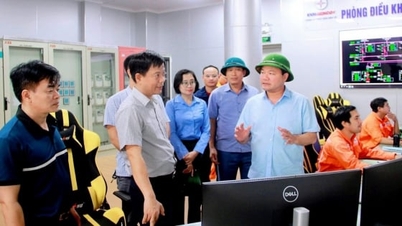



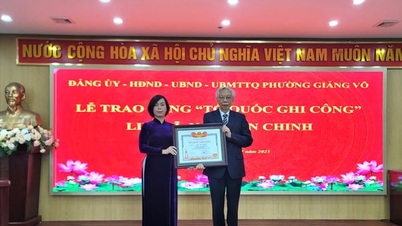




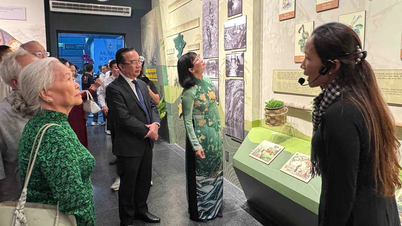




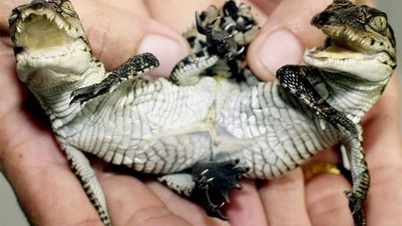














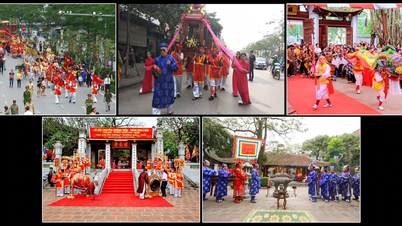
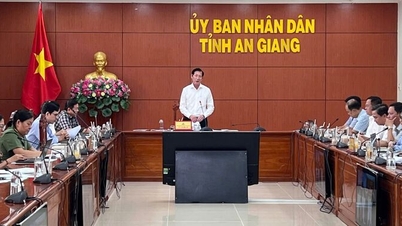

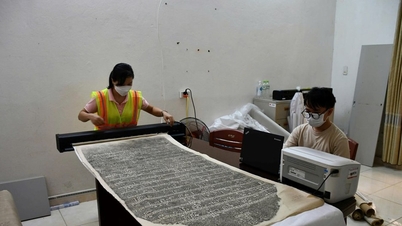

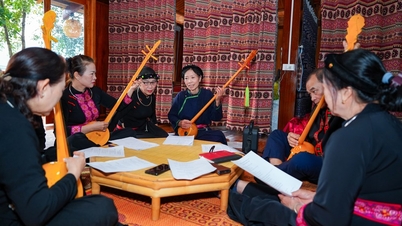



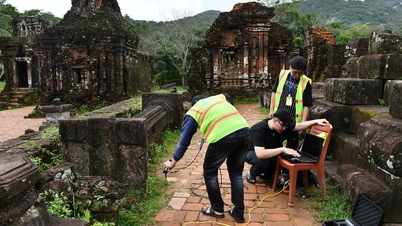




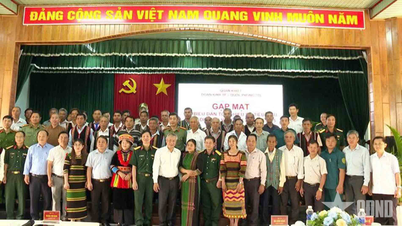











![[VIMC 40 days of lightning speed] Da Nang Port: Unity - Lightning speed - Breakthrough to the finish line](https://vphoto.vietnam.vn/thumb/402x226/vietnam/resource/IMAGE/2025/12/04/1764833540882_cdn_4-12-25.jpeg)
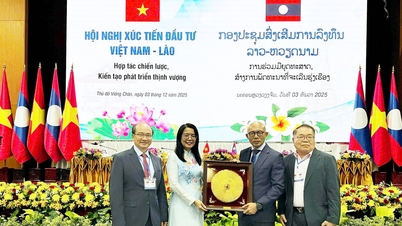








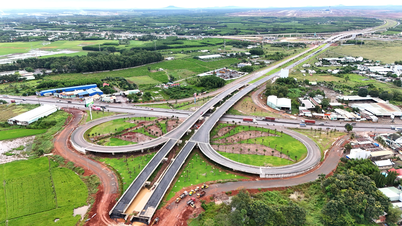




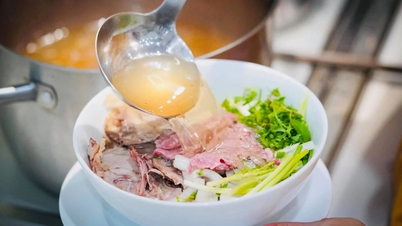







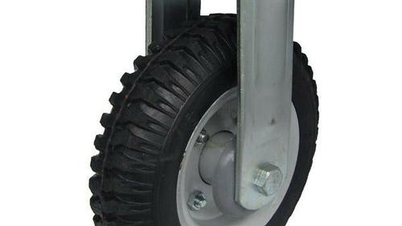











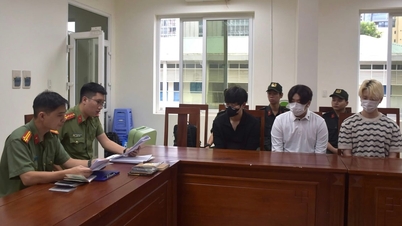












Comment (0)